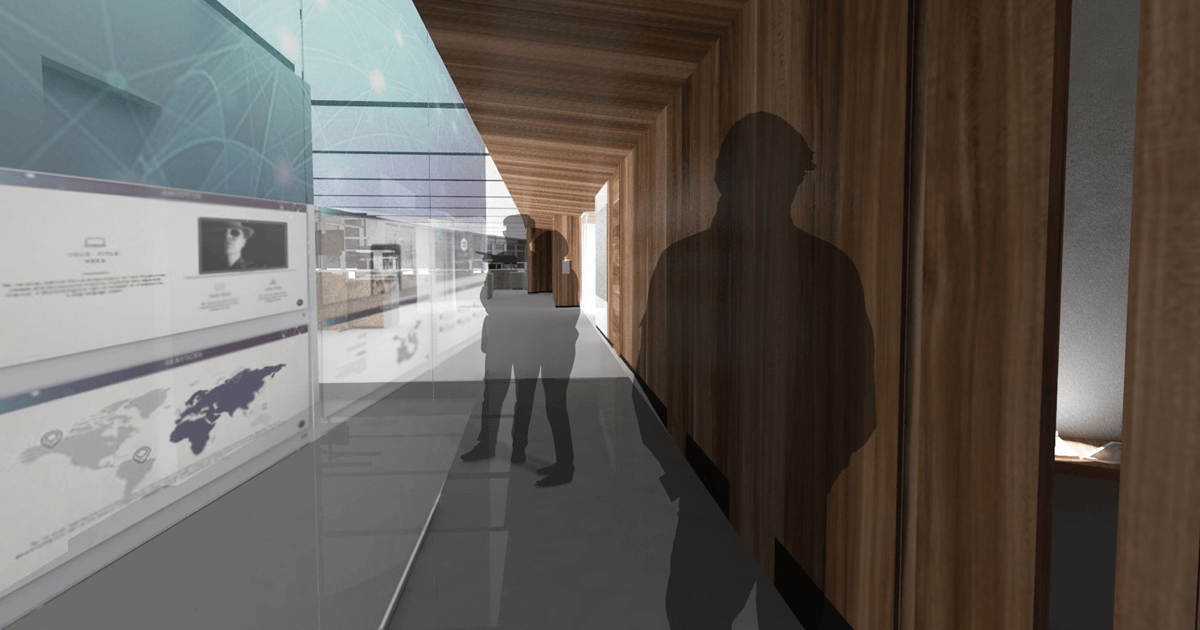
Who Does the Future Workplace Experience Serve?
The COVID-19 pandemic has completely changed the way we work, forcing many companies to shift to remote working for more than a year. With more vaccinations available for people around the world, we are finally seeing the light at the end of the pandemic tunnel. As organizations begin to plan their “return to office,” they are rushing to understand what the future workplace experience should look like. Safety, technology, space allocation and occupancy strategies will all be important in the post-pandemic workplace, but after 2020—a year defined by the pandemic and by America’s ongoing reckoning with various complex social issues—organizations must put their people first in redesigning the workplace experience.
frog is working with multiple clients to navigate this transformation while keeping their people at the center. One way we have been reflecting on the return to the office is by understanding people through archetypes, which help focus and prioritize design efforts by describing patterns across individuals within a group. Archetypes highlight unique and overlapping behaviors, identify the motivations that underlie behaviors, and demonstrate how behaviors and motivations change in different contexts. They aren’t rigid or absolute—any person may, over time, demonstrate multiple behavioral archetypes, and individuals may span multiple archetypes depending on the situation.

Return to the Office Archetypes
Through our collaboration with clients and experts across industries, we have developed four key employee archetypes for the workplace of the future:
- The Hand Shakers
- The Elbow Bumpers
- The Distant Wavers
- The Emoji Senders
We map these archetypes across two primary behavioral axes, which describe their preferences about:
Processing information
- Internalize: “I like to review information alone.”
- Externalize: “I like to think out loud with others.”
Work routines
- Stability: “I’m already familiar with what works best.”
- Flexibility: “I’m ready for a reset and a new normal.”
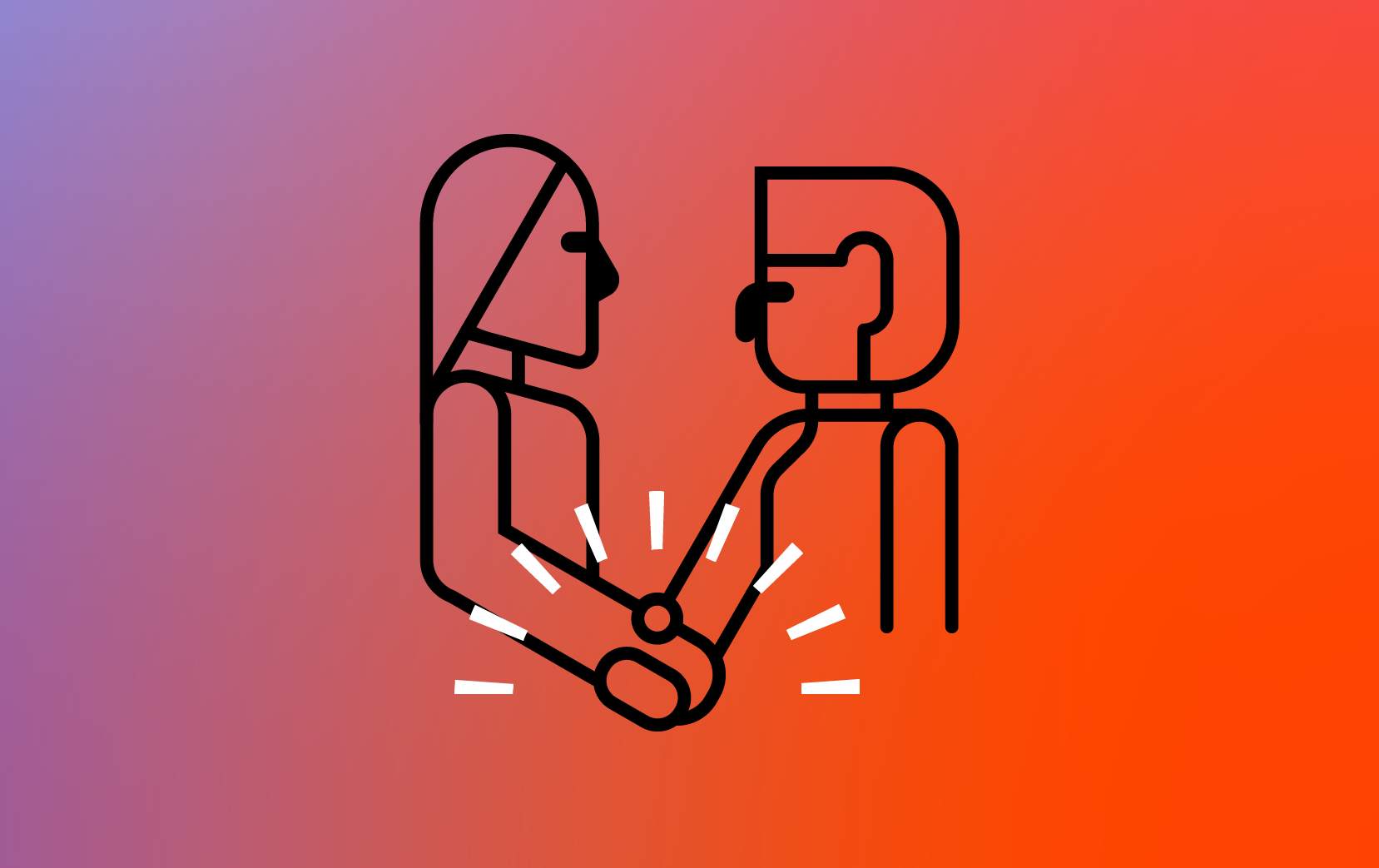
The Hand Shakers
“I like the way it used to be in 2019.”
This group wanted to go back to the office yesterday. They are some of the first to return to indoor dining, and generally want life to go back to the way it was as soon as possible. It’s not that these individuals aren’t thinking about safety, they just recognize that risk is everywhere. In the workplace, they may be focused more on other priorities like remote work’s long-term effects on company culture and business health.
Key behaviors: They may push the boundaries of preventative measures like mask-wearing, physical distancing, and temperature-taking, but they will likely comply with these restrictions if it means their lives can get back to normal sooner.
Behavioral preferences: Externalize/Stability
Level of COVID concern: Low
Desire to return to the office: Very high
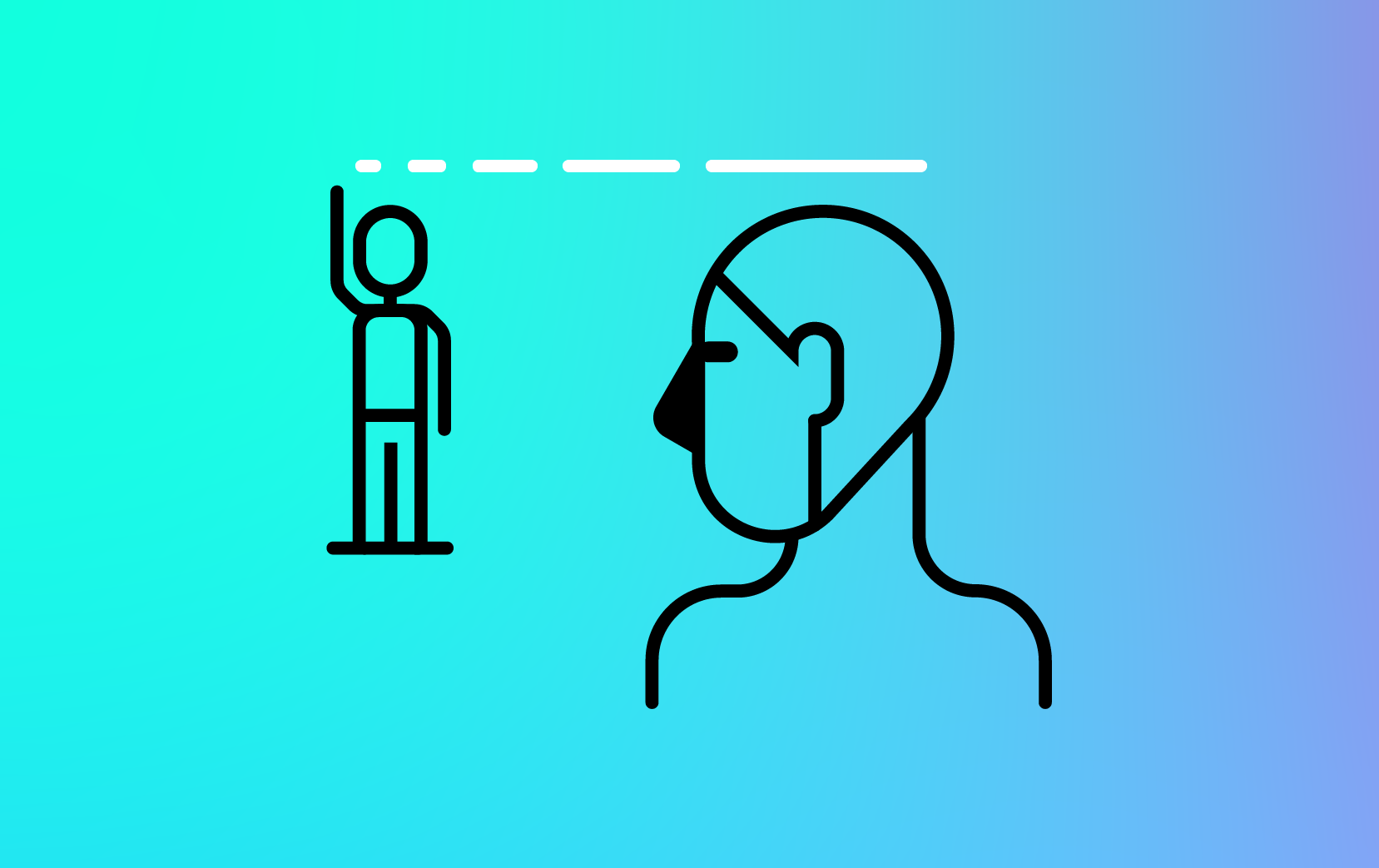
The Distant Wavers
“I need to separate work and personal life.”
This group wants to return to the office because they miss the separation between their home life and work life. Whether they lack a quiet, focused workspace at home or they feel like they’re “plugged in” all hours of the day, these individuals believe the blurred boundaries between work and home have kept them from peak productivity. They still feel concerned about physical health and safety but are more concerned about their mental health and individual productivity.
Key behaviors: These individuals will readily comply with preventative measures like mask-wearing and physical distancing if it means they can get back to the office and to being their most productive.
Behavioral preferences: Internalize/Flexibility
Level of COVID concern: Moderate
Desire to return to the office: High
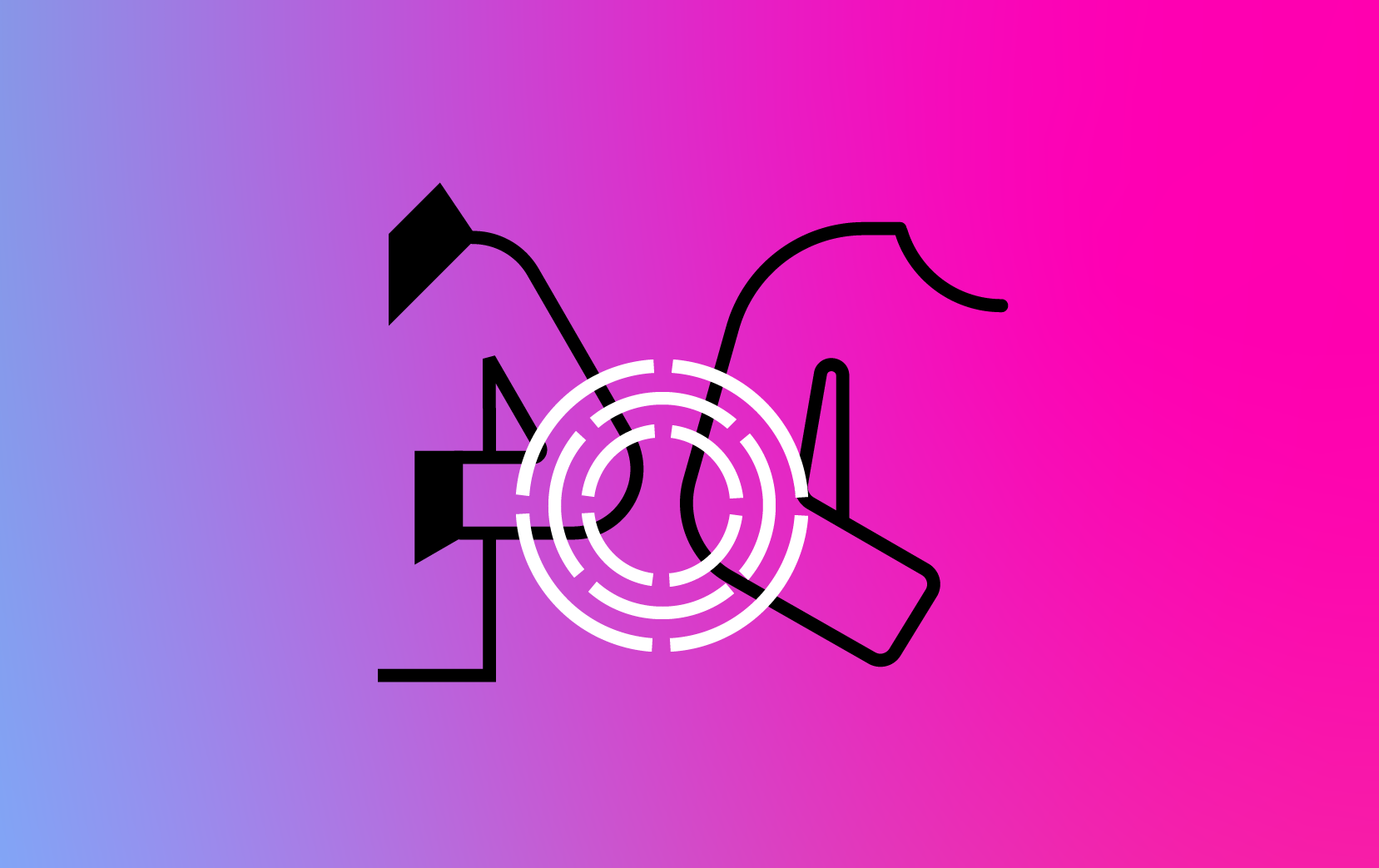
The Elbow Bumpers
“I want to reset to new norms.”
This group desires to be around others but will return to the office only if the right safety measures are in place. They find that working remotely has been surprisingly productive and less distracting, but they miss the face-to-face collaboration and social connections of the office. Remaining apart from others has been mentally taxing for them. COVID-19 has shifted these individuals’ mindset significantly, and they will likely expect preventative measures to be strictly enforced.
Key behaviors: They will take precaution in selecting the activities, individuals, and spaces they consider to be safe, but will likely be willing to take some risks to ensure that the organizational culture is intact.
Behavioral preferences: Externalize/Flexibility
Level of COVID concern: High
Desire to return to the office: Medium
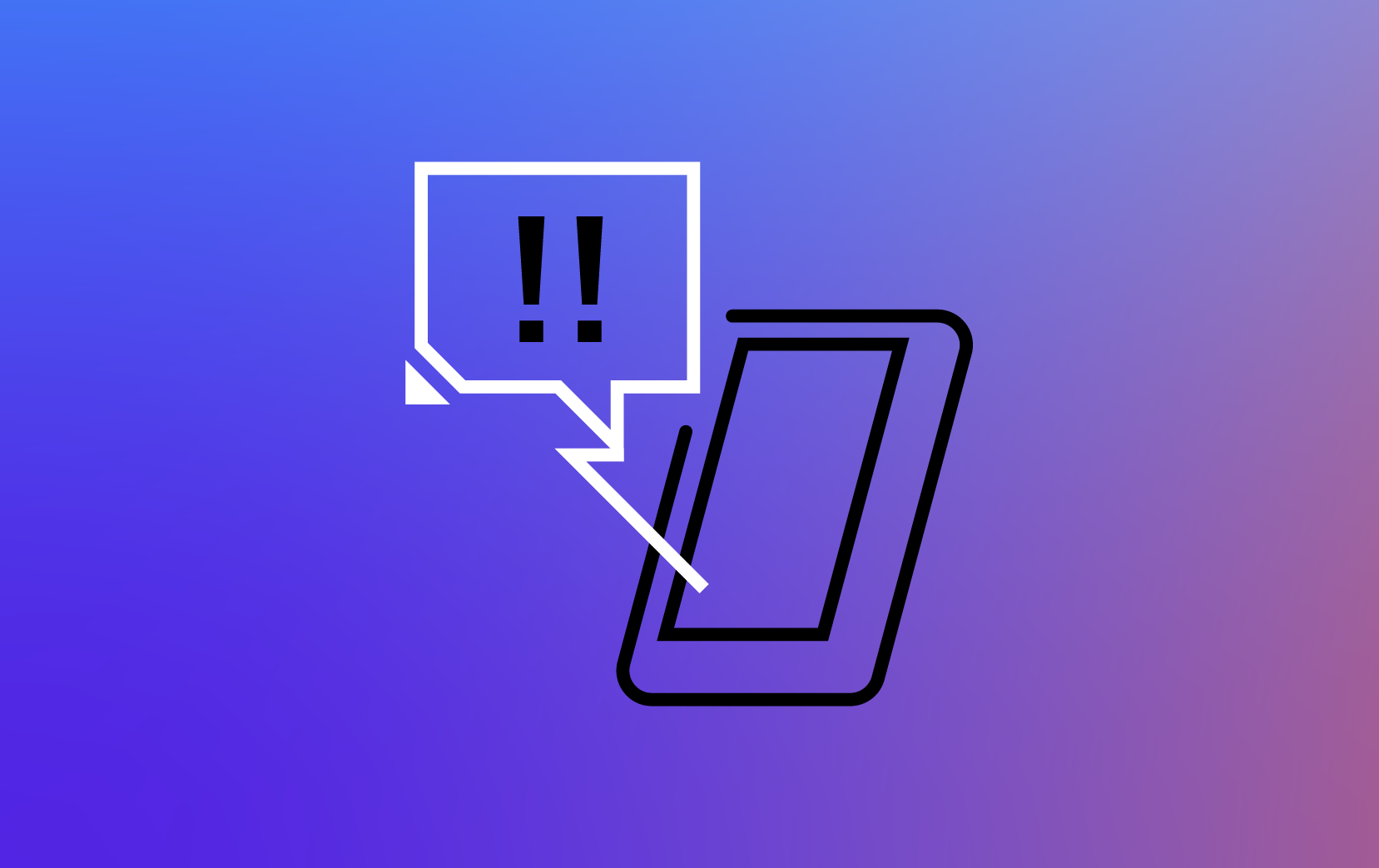
The Emoji Senders
“I think remote working is the way.”
This group wants to stay at home permanently. They have created an optimal work-from-home setup and adapted to the digital tools they need to collaborate. The past year has solidified their existing individual preferences: they find satisfaction in their routine and enjoy focusing on themselves, their solitary hobbies, and their families and friends. While some individuals in this group may be anti-social, most of them simply don’t rely on the office to fulfill their need for social connection.
Key behaviors: These individuals are the most likely to pilot new digital collaboration tools and methods that will allow them to continue working remotely.
Behavioral preferences: Internalize/Stability
Level of COVID concern: Varies
Desire to return to the office: Very low
What’s Next?
Returning to the office is going to be complicated and likely uncomfortable. When designing the future workplace experience, we must address the current satisfactions and pain points of each archetype, as well as their hopes and concerns for the future. We have already seen many organizations focus on convincing the Emoji Senders to return to the office by allowing the Hand Shakers to take the lead. To ensure a successful reset and a sustainable “new normal,” however, it is important to engage with all staff in individualized ways. Every organization’s goal should be to design an experience that serves their people’s needs.
Beyond helping design safe and healthy workplace environments, we have also been helping organizations create new and exciting cultural norms, work processes, and routines that their employees will want to come back to. These cultural norms must be tailored to each organization, such as rolling out a custom venture design processes or brainstorming new rituals like daily Fika (coffee) time. Again, it is critical that these new norms accommodate and engage all archetypes—engagement inspires and creates meaning, ultimately benefiting the company’s bottom line.
By thoughtfully designing the workplace experience of the future, organizations can advance their business and ignite innovation. But they will only be successful if that experience meets and exceeds the demands of their people. More than ever before, we must design a healthy and high-performing workplace experience around the organization’s most important asset—people. From physical spaces to informal routines, the experience must revolve around people.

Yukari is an Associate Strategy Director and frog New York Studio Org Design Lead. Trained as an architect, she works with teams and organizations to adopt human-centered design-thinking. Her experience in design encompasses architectural and interior design, organizational design, team effectiveness, and culture change both internally and externally for organizations, from startups to large enterprises. Understanding design’s implications on culture, she engages with organizations throughout their transformation processes.
We respect your privacy
We use Cookies to improve your experience on our website. They help us to improve site performance, present you relevant advertising and enable you to share content in social media. You may accept all Cookies, or choose to manage them individually. You can change your settings at any time by clicking Cookie Settings available in the footer of every page. For more information related to the Cookies, please visit our Cookie Policy.

